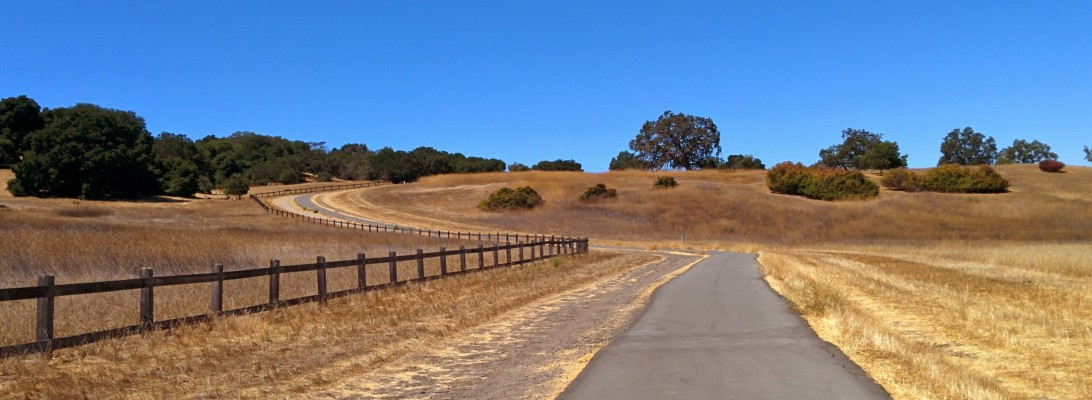Last week, we discussed some challenges around the lean canvas – from clear descriptions, to unique value propositions vs. solutions, to the different between a for-profit business idea and its form(s) as an impact venture. We also started assessing the risks inherent in our ideas.
Thinking in this way is new to me, and doesn’t come easily. To stretch my muscles, I tried to envision Building Bridges as a series of different ventures and assess the risks inherent in each (I’d love to hear feedback in the comments!). Continue reading







